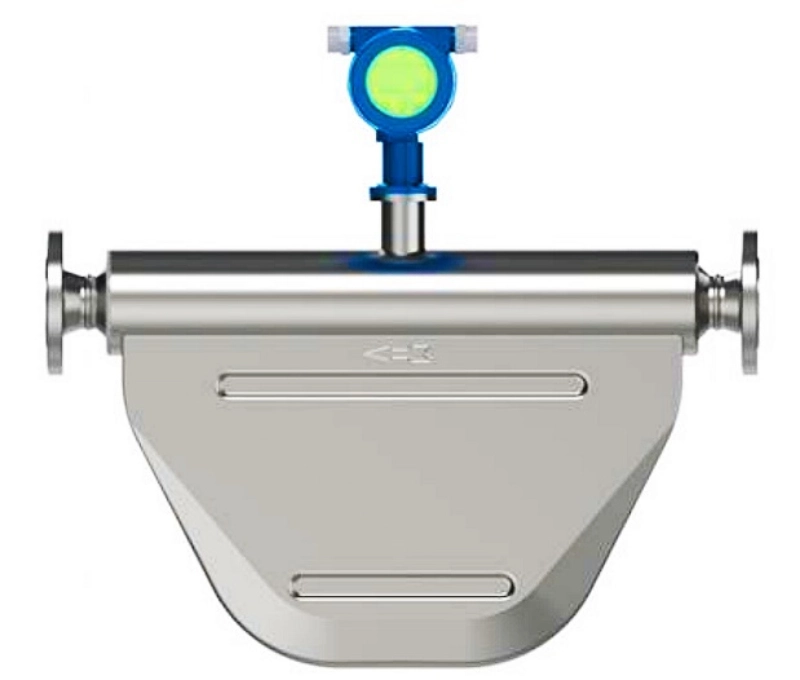In our quest for optimal health, the importance of minerals cannot be overstated. These inorganic nutrients play crucial roles in various bodily functions, including bone health, fluid balance, and enzyme activity. While many people focus on macronutrients like carbohydrates, proteins, and fats, understanding which foods are richest in minerals can significantly enhance our dietary choices. This article delves into the foods with the highest mineral content, exploring their benefits and how to incorporate them into your diet.
Understanding Minerals and Their Importance
Minerals are divided into two categories: macrominerals and trace minerals. Macrominerals, such as calcium, magnesium, and potassium, are needed in larger amounts, while trace minerals, including iron, zinc, and selenium, are required in smaller quantities but are equally vital for health. Each mineral serves unique functions:
- Calcium: Essential for bone and teeth health, muscle function, and nerve signaling.
- Iron: Crucial for oxygen transport in the blood and energy metabolism.
- Magnesium: Involved in over 300 biochemical reactions, including muscle and nerve function, blood glucose control, and blood pressure regulation.
- Zinc: Important for immune function, protein synthesis, and DNA synthesis.
Top Foods with High Mineral Content
- Seaweed: Often overlooked, seaweed is a mineral-rich superfood. Varieties like nori, dulse, and kelp are packed with iodine, calcium, magnesium, and iron. Iodine is particularly important for thyroid function, while calcium and magnesium support bone health. Incorporating seaweed into salads, soups, or sushi can provide a significant mineral boost.
- Nuts and Seeds: Almonds, pumpkin seeds, and sunflower seeds are excellent sources of magnesium, zinc, and selenium. For instance, a 100-gram serving of pumpkin seeds can provide nearly 70% of the daily recommended intake of magnesium. Snacking on nuts or adding them to smoothies and salads can enhance your mineral intake.
- Legumes: Beans, lentils, and chickpeas are not only high in protein but also rich in minerals like iron, magnesium, and potassium. For example, lentils contain about 3.3 mg of iron per 100 grams, making them an excellent choice for vegetarians and vegans. Incorporating legumes into your meals can help meet your mineral needs while providing dietary fiber.
- Dark Leafy Greens: Vegetables such as spinach, kale, and Swiss chard are packed with calcium, magnesium, and iron. Spinach, for instance, contains about 2.7 mg of iron per 100 grams. To maximize mineral absorption, consider pairing these greens with vitamin C-rich foods like citrus fruits or bell peppers.
- Whole Grains: Quinoa, brown rice, and oats are not only great sources of fiber but also provide essential minerals. Quinoa, in particular, is a complete protein and contains significant amounts of magnesium, phosphorus, and manganese. Whole grains can be easily incorporated into breakfast cereals, salads, or as side dishes.
- Fish and Shellfish: Fatty fish like salmon and sardines are rich in omega-3 fatty acids and essential minerals such as selenium and iodine. A 100-gram serving of cooked salmon provides about 40% of the daily recommended intake of selenium, which is vital for antioxidant defense and thyroid function.
- Dairy Products: Milk, yogurt, and cheese are excellent sources of calcium and phosphorus. For those who are lactose intolerant or prefer plant-based options, fortified plant milks can also provide these essential minerals.
How to Optimize Mineral Absorption
While consuming mineral-rich foods is crucial, it's equally important to consider how to optimize their absorption. Here are some tips:
- Pairing Foods: Combining foods rich in vitamin C with iron-rich foods can enhance iron absorption. For example, adding bell peppers to a spinach salad can significantly increase iron uptake.
- Cooking Methods: Certain cooking methods can affect mineral content. For instance, steaming vegetables can help retain their mineral content better than boiling.
- Avoiding Inhibitors: Some substances can inhibit mineral absorption. For example, phytates found in whole grains and legumes can bind minerals and reduce their bioavailability. Soaking, sprouting, or fermenting these foods can help mitigate this effect.
Conclusion
Incorporating foods with high mineral content into your diet is essential for maintaining overall health and well-being. By focusing on a diverse range of nutrient-dense foods such as seaweed, nuts, legumes, leafy greens, whole grains, fish, and dairy, you can ensure that your body receives the minerals it needs to function optimally. Remember, the key to a balanced diet lies in variety and moderation, so explore different foods and enjoy the myriad of flavors and health benefits they offer. Embrace the power of minerals and nourish your body with nature's finest offerings!





